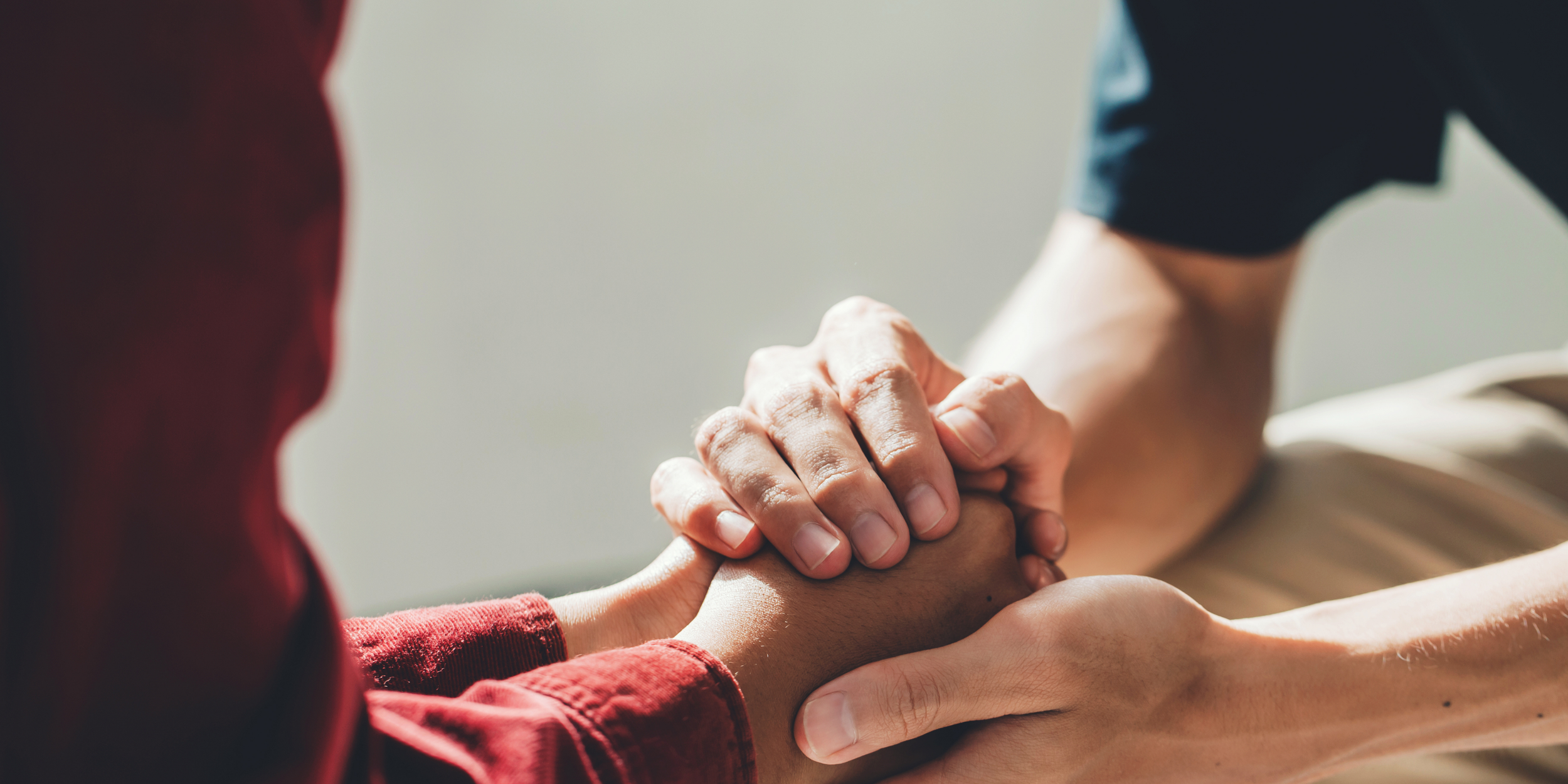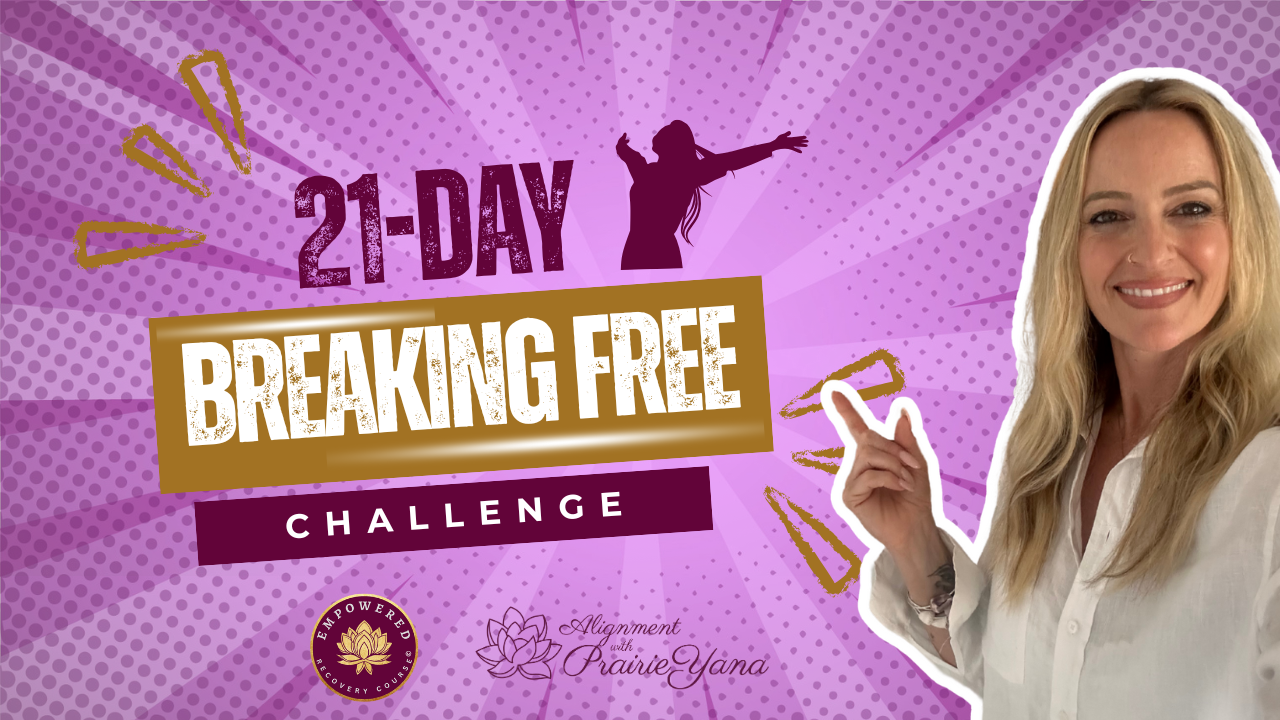Healing the Family System: Why Allowing Consequences Supports Addiction Recovery
When we talk about addiction recovery, the spotlight often shines solely on the individual struggling with substance use.
But true healing isn’t isolated. Recovery is a family system journey.
And sometimes, the most loving thing we can do for someone we care about is not to shield them—but to let them face the natural consequences of their actions.
In this article, we explore why allowing consequences is crucial to lasting recovery, how enabling behaviors unknowingly cause harm, and how families can transform their own patterns to become pillars of real support and healing.
We do this not through judgment—but through compassionate, informed action that truly reduces harm.
Join the 21-Day Breaking Free Challenge to release self-sabotaging behaviors and reconnect with your true self. Get daily emails with short lessons, guided meditations, and journaling prompts to support emotional healing and aligned living. Starts June 1, 2025.
The “Identified Patient” and Family Dynamics
In the world of addiction recovery and family systems theory, the person struggling with substance use is often referred to as the “identified patient”.
They are the visible symptom of deeper dynamics that often exist within the family—dynamics that include rescuing, enabling, codependency, and conflict avoidance.
According to the Substance Abuse and Mental Health Services Administration (SAMHSA), family support is an essential factor in successful recovery outcomes. However, that support must be healthy, informed, and focused on empowering the individual’s autonomy—not protecting them from their growth process.
When families unconsciously shield their loved ones from the consequences of their actions—covering for financial mishaps, making excuses for behavior, or rescuing them from legal troubles—they create an environment where real change is delayed or even blocked entirely.
What feels like love can sometimes unintentionally become a barrier to healing.
The Roots of Enabling: How Patterns Begin
Enabling behaviors often have their roots in early life experiences.
Parents or caregivers, wanting to shield children from pain, failure, or discomfort, may have consistently intervened to “fix” problems before consequences could be felt.
While well-intentioned, this creates a learned helplessness and fosters a belief system where personal accountability is minimized.
Over time, individuals raised in these environments may come to expect rescue, support without boundaries, and forgiveness without responsibility.
When substance use enters the picture, these patterns magnify, making recovery even harder to achieve.
Enabling is not bad parenting or bad loving.
It’s uninformed loving—loving without the tools or understanding to know when to step back.
The Dance of Codependency and Addiction
As adults, the identified patient may seek out relationships that mirror these early family dynamics: partnerships where others will absorb the chaos, sacrifice their own needs, and take on the emotional labor of maintaining the relationship.
This codependent dance—where one partner over-functions and the other under-functions—further entrenches addiction and emotional dysfunction.
Codependency is a form of emotional addiction.
It meets a need for control, validation, or worthiness—but at the cost of both people’s growth.
As outlined by SAMHSA’s family treatment resources, recognizing codependent dynamics is a critical step toward sustainable recovery for everyone involved (SAMHSA Family Therapy in Substance Use Treatment).
The Hard, Healing Work: Allowing Natural Consequences
Allowing someone we love to experience the natural consequences of their actions can be excruciating.
It can feel cold, cruel, or abandoning.
But in truth, it’s one of the highest forms of love.
Natural consequences are part of reality’s feedback system.
They teach lessons that words cannot. They provide motivation that lectures cannot.
They invite ownership in a way that no external force can replicate.
Without consequences, addiction often continues unchecked—because there’s no real need to stop.
In the harm reduction model, creating an environment that encourages self-responsibility without judgment is one of the keys to reducing risk and promoting sustainable change (SAMHSA - Principles of Harm Reduction).
Supporters Need Support Too
One of the most profound shifts that can happen in a family system is the realization that supporters need their own healing journey too.
Loving someone in addiction can create secondary trauma.
Patterns of control, rescuing, or over-responsibility are often rooted in unresolved wounds that need compassion, care, and attention.
Healing the supporters heals the system.
Healthy boundaries, self-regulation skills, emotional processing tools, and somatic healing practices are not just “nice to have” for families—they are essential.
Organizations like Al-Anon and therapy models like Family Systems Therapy are powerful resources that offer community, structure, and healing for families affected by substance use.
The Role of the Empowered Recovery Course
This is exactly why I created the Empowered Recovery Course—not just for individuals facing substance use challenges, but also for their families, partners, and loved ones.
Inside the course, we explore:
How to break emotional addiction and codependency cycles
How to replace enabling with empowered, loving support
Somatic and cognitive tools to regulate the nervous system
How to create boundaries that invite growth, not resentment
How to reclaim emotional sovereignty—for yourself and your family
When the system heals, the individual is much more likely to heal.
Recovery is not just about substance cessation. It’s about system transformation.
Loving Without Rescuing
If you love someone who is struggling with addiction, I want you to know this:
You didn’t cause their addiction.
You can’t control their choices.
But you can contribute to their environment of healing by changing your own patterns.
Loving someone enough to let them face their consequences is one of the bravest and most sacred acts of support.
Healing yourself while walking alongside them is the greatest gift you can give—to them, and to yourself.
Let’s build families, systems, and communities that truly reduce harm by empowering ownership, accountability, compassion, and hope.
Because breaking free—from within—always ripples outward.
Free Download: The Power of Consequences Worksheet
We'll use your email address to provide marketing and info related to Alignment with Prairie Yana.
You can change your mind at any time by clicking the unsubscribe link in the footer of any email you receive from us. We take your privacy, time and attention seriously




